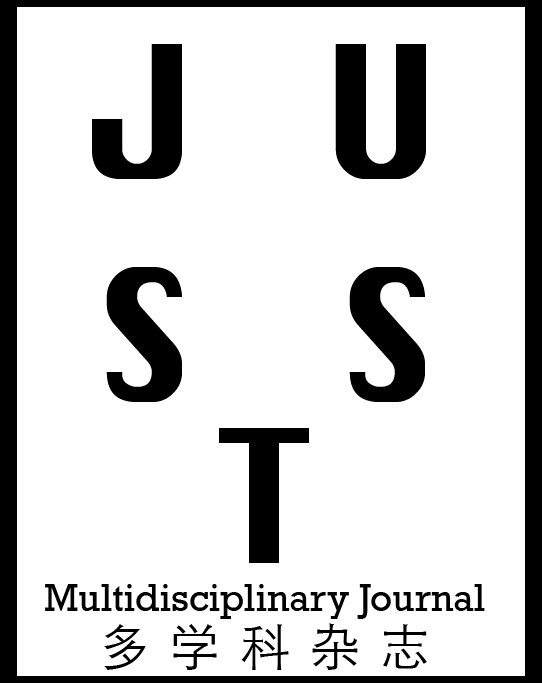Yogesh Joshi, Dr. Shimi S.L, Assistant professor,
Department of electrical engineering NITTTR Chandigarh, India.
Review of Different Topologies of Multi-Level Inverter
Authors
Abstract
A Multi-Level inverter (MLI) is operated for maximum power, high voltage applications that change DC power
into AC power. Traditional power electronic converters are equipped for creating a result voltage (volt) that changes
between two-volt levels. The MLI creates the ideal result voltage from numerous levels or degrees of DC voltage at its input.
These MLIs are grid incorporated for renewable energy extraction, for example, sun-based photovoltaic (PV) frameworks.
The Multi-Level Inverter (MLI) gives a smoother stepped output waveform. Waveform perfection is connected with voltage
levels as the voltage level builds, the waveform becomes smoother, yet intricacy increments. The PWM generates an output
voltage that is in steps with low harmonic (LH) content and can infuse a sinusoidal gate current with a good power factor
(PF). Pulse Width Modulation based framework associated with photovoltaic can work at a lower switching frequency with
decreased filtering requirements. Sun-based PV boards of inconsistent power ratings are appropriately associated with DC
connect voltages of a reasonable proportion for an asymmetrical cascade multilevel inverter. There are a few benefits of
PWM, for example, higher DC connect voltage, low electromagnetic point of interaction (EM), and less harmonic distortion,
however, to accomplish these inverters require more switches, complex Pulse Width Modulation (PWM) control, need
intricacy plan, control circuits and isolated power supplies. The various topologies of MLI are Multilevel Modular
Converter (MMC), Cascaded H-Bridge Converter (CHBC), Flying Capacitor Multilevel Inverter (FCMLI), and Blocked
Diode Inverter (BDI). The different application regions incorporate its utilization as an inverter with variable frequency
drives, high voltage DC (HVDC) transmission, in pumps and in transports, and so forth. Point-by-point examinations and
dissects of various control strategies utilized in single-stage and three-stage network-associated PWMs are likewise
integrated into this paper for a superior comprehension and viability of past, present, and future improvements in
photovoltaic frameworks.
